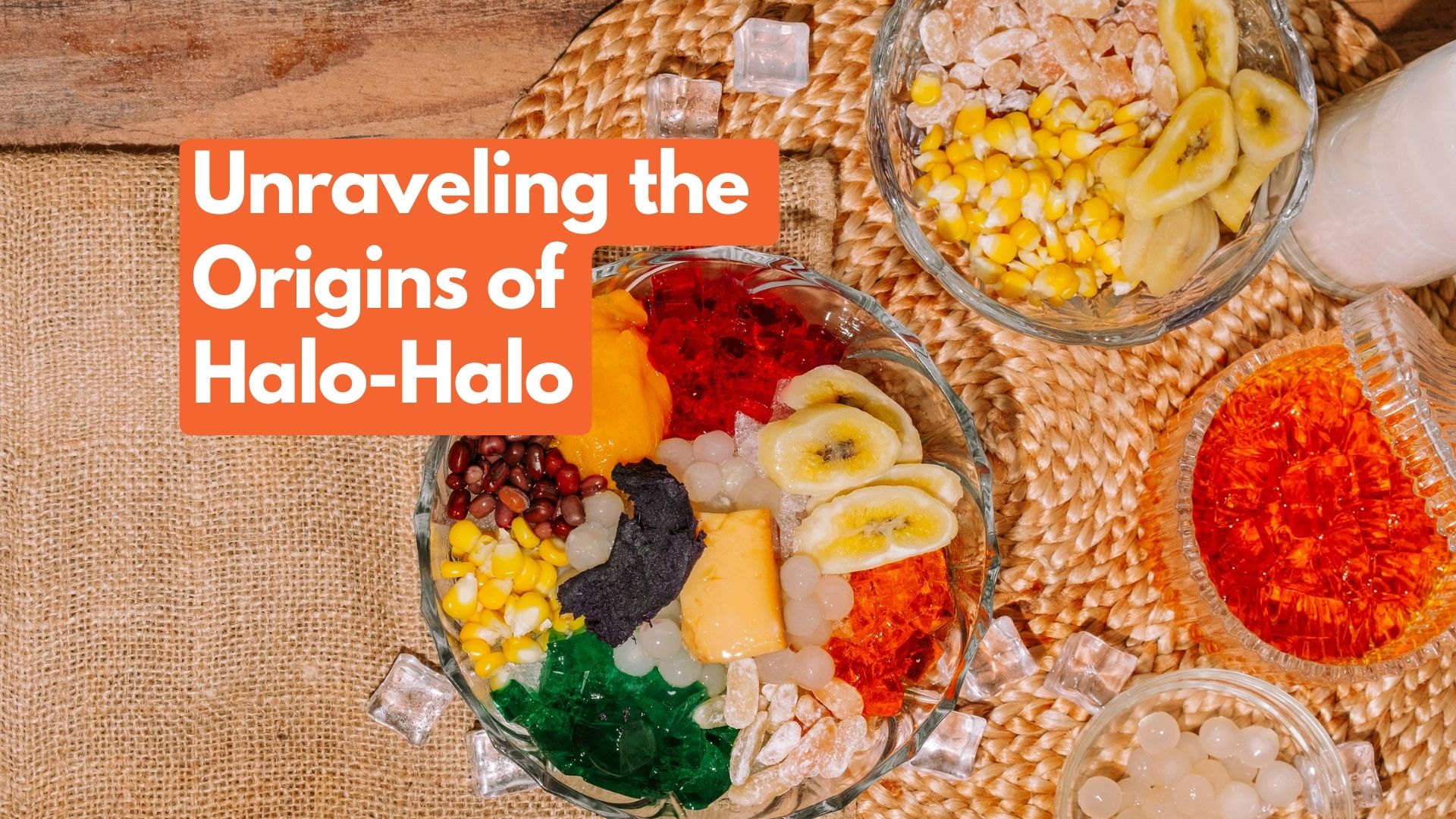
A Splash of History: Unraveling the Origins of Halo-Halo
Halo-halo, a culinary centerpiece in the heart of the Philippines, has a rich and diverse history that traces back to Japan. With a name meaning “mix-mix” in Tagalog, halo-halo is a multifaceted dessert that offers a vibrant assortment of textures and flavors, making it a beloved treat across the archipelago.
The Asian Connection: Tracing the Roots to Japan
While one may instinctively attribute halo-halo to the culinary traditions of the Philippines, its roots stretch back to Japan. The dessert’s historical predecessor, kakigori, was a popular shaved ice dessert in Japan, which provided a sweet escape from the summer heat. This delightful concoction was often embellished with sweeteners and an occasional sprinkling of fruits.
Another close relative was mitsumame, a dessert that combined fruit and agar jelly, served with a side of sweet syrup. Both these Japanese desserts introduced the concept of combining shaved ice with sweet treats, a tradition that would eventually blossom into halo-halo.
The pre-war Japanese settlers in the Philippines introduced kakigori to the Filipino dessert palate. This dessert began its life as a simple, refreshing mixture of shaved ice and condensed milk. But, just like a flowing river that gathers new elements along its course, this dessert was soon to change.
The recipe evolved over time as the Japanese began adding monggo (mung beans) and kidney beans to the dish, resulting in a new variant named “mong-ya”. Little did anyone know at that time, this humble dessert was about to transform into a culinary symbol for an entire nation.
The Birth of Halo-Halo: A Tale of Innovation and Resilience
The catalyst for this transformation came when the Americans constructed the Insular Ice Plant in Manila in 1902. The Japanese vendors saw this development as a golden opportunity to sell their “mong-ya”, leveraging the readily available ice from the plant.
Their strategy worked, and “mong-ya” quickly became a beloved treat among the locals, known for its refreshing chill and unique combination of ingredients. The dessert’s popularity persisted even after World War II, and it was then that the Filipinos truly made the dessert their own.
Post-war Filipinos, driven by their innovative spirit and culinary resilience, began adding a broader variety of ingredients to the dessert. By incorporating local and accessible ingredients, they enriched the dessert’s flavors and textures, turning it into the halo-halo we know and love today. What had once been a simple shaved ice dessert had now transformed into an eclectic mix of sweet, creamy, and crunchy components, each adding a distinct layer to the dessert’s complex flavor profile.
Regional Variations: A Dessert as Diverse as Its People
Just like its varied ingredients, halo-halo also has different versions across the regions of the Philippines. Each version, influenced by the local produce and preferences, is as diverse as the archipelago itself. This regional diversity has led to a kaleidoscope of halo-halo variations, each with its unique identity.
From the incorporation of sago (tapioca pearls) and macapuno (a variant of coconut sport) in some regions to the colorful addition of kaong (sugar palm fruit), halo-halo continues to evolve while staying true to its essence — a delightful medley of textures and flavors. Some regions even take pride in their unique twists, such as using locally grown fruits or traditional sweet treats.
Key Ingredients of Halo-Halo: A Symphony of Taste and Texture
Every version of halo-halo, regardless of the region it hails from, is built on a trio of key ingredients: shaved ice, evaporated milk, and sugar or syrup. The shaved ice provides a refreshing chill and a crunchy texture. The evaporated milk brings a creamy richness that binds all the ingredients together, while the sugar or syrup adds a sweet depth that heightens the overall flavor.
Around this core, an array of other ingredients are added: sugar palm fruit (kaong), coconut sport (macapuno), plantains cooked in syrup (minatamis na saging), candied jackfruit (langka), agar jellies, tapioca pearls, nata de coco, sweetened beans, cheese, pounded toasted young rice (pinipig), and even a scoop of ice cream! Each addition brings a unique flavor and texture to the dessert, making every spoonful of halo-halo a delightful surprise.
What’s more, the creative freedom that halo-halo allows has led to the inclusion of more unconventional ingredients, such as ube (purple yam) and leche flan (caramel custard), thus ensuring that the dessert continues to evolve while staying true to its mixed-up roots.
Halo-Halo: More Than Just a Dessert
More than its rich tapestry of flavors and textures, halo-halo represents the multicultural history of the Philippines. Each ingredient tells a story of the country’s past, from the influence of Japanese immigrants to the resourcefulness of Filipinos during and after the war. It’s a dessert that encapsulates the Filipino spirit — resilient, innovative, and vibrant.
The intricate blend of flavors and textures, paired with its deep-rooted history, makes halo-halo much more than just a dessert. It’s a culinary journey through time, a testament to the Filipino spirit of innovation and resilience, and a celebration of diversity and harmony. Just as its name suggests, it is indeed a delightful mix-mix of the past and the present, an embodiment of the beautiful blend of cultures in the Philippines. With each bite, one is reminded of the country’s rich history, its diverse culture, and the unity that binds its people. Indeed, each delicious spoonful of halo-halo is a celebration of what it truly means to be Filipino.







